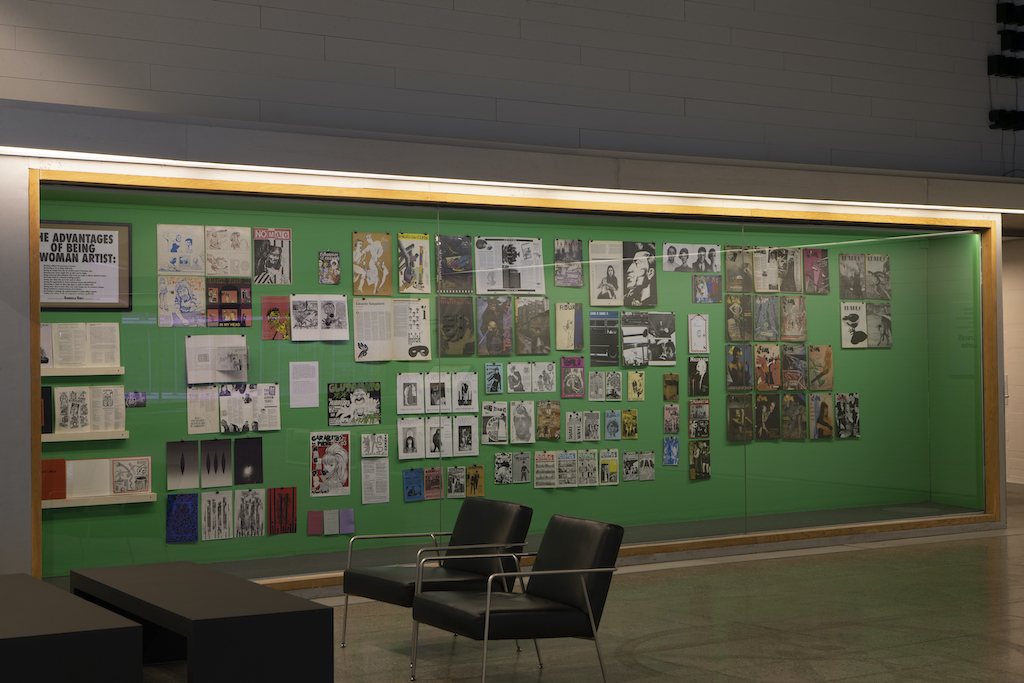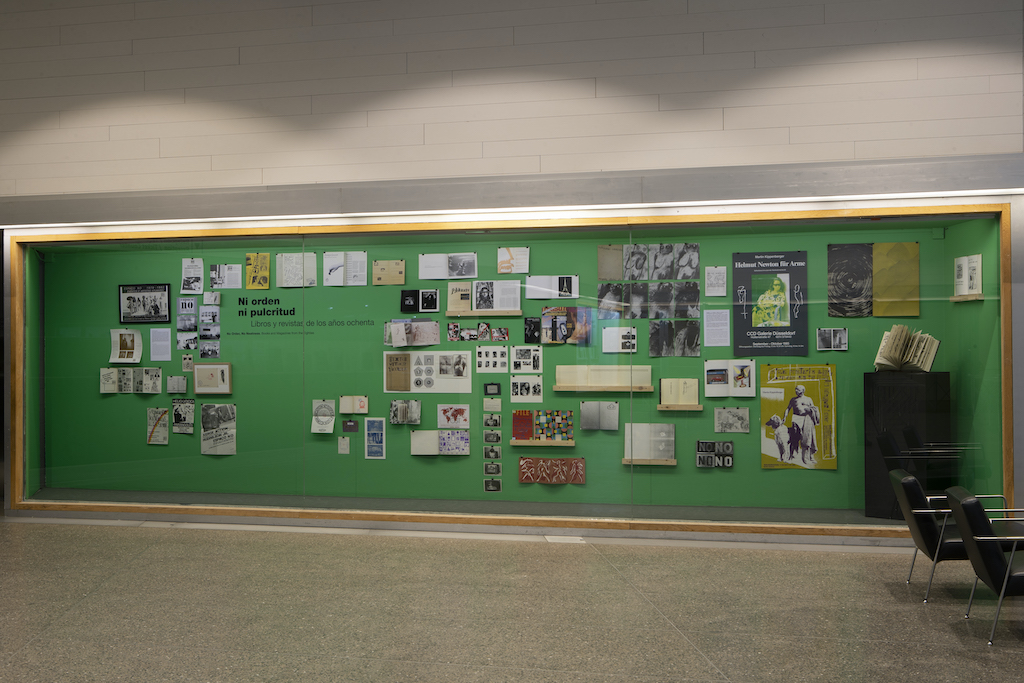1980 signalled an important moment of change at multiple levels. Politically, Western societies undertook a deep conservative turn, while market philosophy spread relentlessly to all walks of life, including culture and art, rapidly affected likewise by the “logic of late capitalism” enunciated by Jameson.
In the arts, a number of phenomena coexisted during this decade. The “return to painting” led by neo-expressionism coincided with the critical analysis of the media undertaken by the artists of the Picture Generation, who incorporated into their work the use of photography and appropriation. Certain pop languages and formats, such as punk, graffiti and fanzines, were gradually absorbed into the “high culture” scene. Many creators used books, postcards, posters and other printed media as vehicles for political expression in response to the social crises of the decade, particularly the second wave of feminism and artists addressing the AIDS pandemic. The first artist-led archives of printed documentation were established. In Spain, all this happened at the same time as the ebullience of La Movida (or the “Madrid Scene” as it is known in English, though in fact it took place in several Spanish cities at the same time) whose magazines and fanzines testify to a context in which political contestation and pop superficiality often overlapped.
No Order, No Neatness. Books and Magazines from the 1980s brings together instances of all these currents, making up a panoramic view of the varied and complex publishing production of the decade as reflected in the collection of MUSAC’s Documentation Centre.



